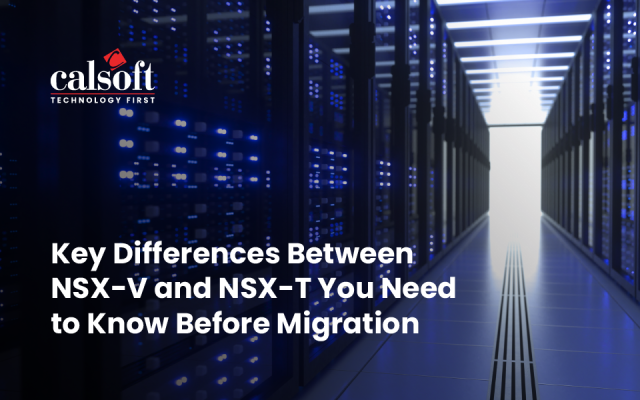We are republishing this blog here. Earlier, it was published on LF Edge Blog.
A Platform-as-a-Service (PaaS) model of cloud computing brings lots of power to the end-users. It provides a platform to the end customers to develop, run, and manage applications without the complexity of building and maintaining the infrastructure typically associated with developing and launching an application. In the roadmap to build a 5G network, telecom networks need such breakthrough models that help them focus more on the design and development of network services and applications.
XGVela is 5G cloud-native open-source framework that introduces Platform-as-a-Service (PaaS) capabilities for telecom operators. With this PaaS platform, telecom operators can quickly design, develop, and innovate the telco network functions and services. This way, there will be more focus on seizing business opportunities for telecom companies rather than diving into complexities of telecom infrastructure.
China Mobile initiated this project internally which was later hosted and announced by Linux Foundation as a part to support the initiative to accelerate the telco cloud adoption. Apart from China Mobile, other supporters of XGVela are China Unicom, China Telecom, ZTE, Red Hat, Ericsson, Nokia, H3C, CICT, and Intel.
Initially for building XGVela, PaaS functionality was brought from existing open-source PaaS projects like Grafana, Envoy, Zookeeper, and further enhanced with telco requirements.
Why need XGVela PaaS capabilities for the 5G network?
- XGVela helps telecom operators to align with fast changes in requirements to build a 5G network driven by cloud-native backhaul. They need faster upgrades to network functions and services along with agility in new service deployments.
- Telecom operators need to focus more on the microservices driven and containers-based network functions (CNFs) rather than VM based network functions (VNFs). But need to continue to use both concurrently. XGVela can support CNFs and VNFs both in the underlying platform.
- Telecom operators want to reduce network construction costs by adopting an open and healthy technology ecosystem like ONAP, Kubernetes, OpenDaylight, Akraino, OPNFV, etc. XGVela adopted this to reduce the barriers that bring end-to-end orchestrated 5G telecom networks.
- XGVela simplifies the design and innovation of 5G network functions by allowing developers to focus on application development with service logic rather than dealing with underlying complex infrastructure. XGVela provides standard APIs to tie many internal projects
XGVela integrates CNCF projects based on telco requirements to form General-PaaS. It is architected kept in mind the microservices design method for network function development and further integrated into telco PaaS.
XGVela is integrated with OPNFV and Akraino for integration and testing. In a recent presentation, by Srinivasa Adepalli and Kuralamudhan Ramakrishnan shown that feature set of Akraino ICN blueprints are like XGVela. It is seen that many like to deployed CNFs and application on same cluster. In those environments, there is a need to figure out what additional things to be done on top of K8s to enable CNF deployment, especially telco CNF, normal CNF and application deployments, and further need to evaluate how it worked together. This is where XGVela and Akraino ICN BP family are inclined to each other.
You can subscribe to the XGVela mailing list here to track the project progress. For more information about Akraino Blueprints, click here: https://wiki.akraino.org/. Or, join the conversation on the LF Edge Slack Channel #akraino-blueprints #akraino-help #akraino-tsc






